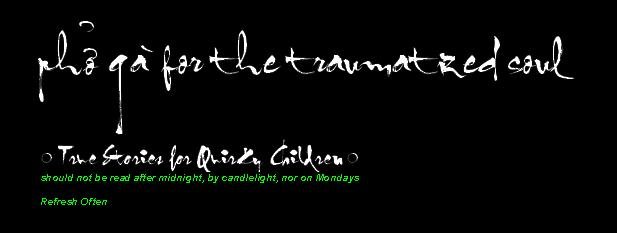Dear Nhà,
Your magazine (www.nhamagazine.com) fills a small and valuable niche for bilingual and monolingual Vietnamese and Vietnamese Americans in the
More importantly in terms of content, the author degrades Asian male sexuality by unfavorably comparing their penises to food products and men of other races. The author clearly recognized that this was derogatory as she “refrained from comparing [her non-Asian husband's penis] to a food product”. One would expect that it should be self-explanatory and blatant how disrespectful this article is, however given that it is not so apparent and that we are supposed to find humor in hurtful dehumanization, I shall also give a parallel example of why this is an offensive, degrading and plain wrong. Were Nhà to publish an article comparing Asian women’s genitals to African American or Latina or white women’s genitals and likening their respective vulvas to food products and considering whose genitalia are “better” for sexual pleasure, the outcry would have been immediate; it would have been absolutely unacceptable and easily recognized as being dehumanizing, racist, sexist and misogynist. Shamefully, there is a larger societal double standard operating that an article emasculating Asian male sexuality in the same way would not be held to the same standard, and speaks to an emerging norm where it is acceptable to degrade Asian men where one would not degrade Asian women.
Historically speaking, the racist mainstream American representation of Asians has always been a pernicious tangle of stereotypical racialized and sexualized images—from the cruel bewitching oriental dragon lady, the sexually-available (to white men) geisha to the misogynist Asian pimp and desexualized bucktoothed cross-eyed Asian male coolie. Whereas in the past, Asian communities resented and resisted this racist imagery, in this post-Amy Tan age of representation those self-same images have become to a certain extent acceptable, recuperated, glorified, and even celebrated and commercialized; the dragon lady is no longer a racist & sexist image but becomes a model of the liberated Asian woman (for instance, Lucy Liu’s character in Ally McBeal or the recent NAATA homage to Anna May Wong). What was once malingering representation is now shiny consumer products on the racks of Urban Outfitters and Abercrombie & Fitch. In the tradition of Long Duck Dong from “Sixteen Candles,” the William Hung minstrel show is but the latest re-enactment of the desexualized oriental coolie for the public’s mocking entertainment . And in the oeuvre of Asian American women’s literature, it has become the norm for Asian women writers to enact emasculating images that degrade, desexualize, demonize and dehumanize Asian men. While I am critical of sexism, I do not believe the solution is to degrade men. This does injustice to my beloved Vietnamese grandfathers, fathers, brothers, significant other, nephews, and yes to my future daughters & sons. This doesn't promote us as women and gets us nowhere as a community.
How have our Asian communities (or granted, the middle-class, college-educated, second-plus generation sectors of the Asian communities) come to internalize these racialized and (de)sexualized images as acceptable representations of Asian people?
It behooves us as a community to recognize the larger racialization/stereotyping of Asian men as well as that of Asian women. I would expect a magazine that represents the lifestyle, culture and identity of Vietnamese Americans to have sensitivity to the racialization and sexualization of Asian women and men and to promote positive models of Asian femininity and masculinity (and everything in between).
4 may, 2004




No comments:
Post a Comment